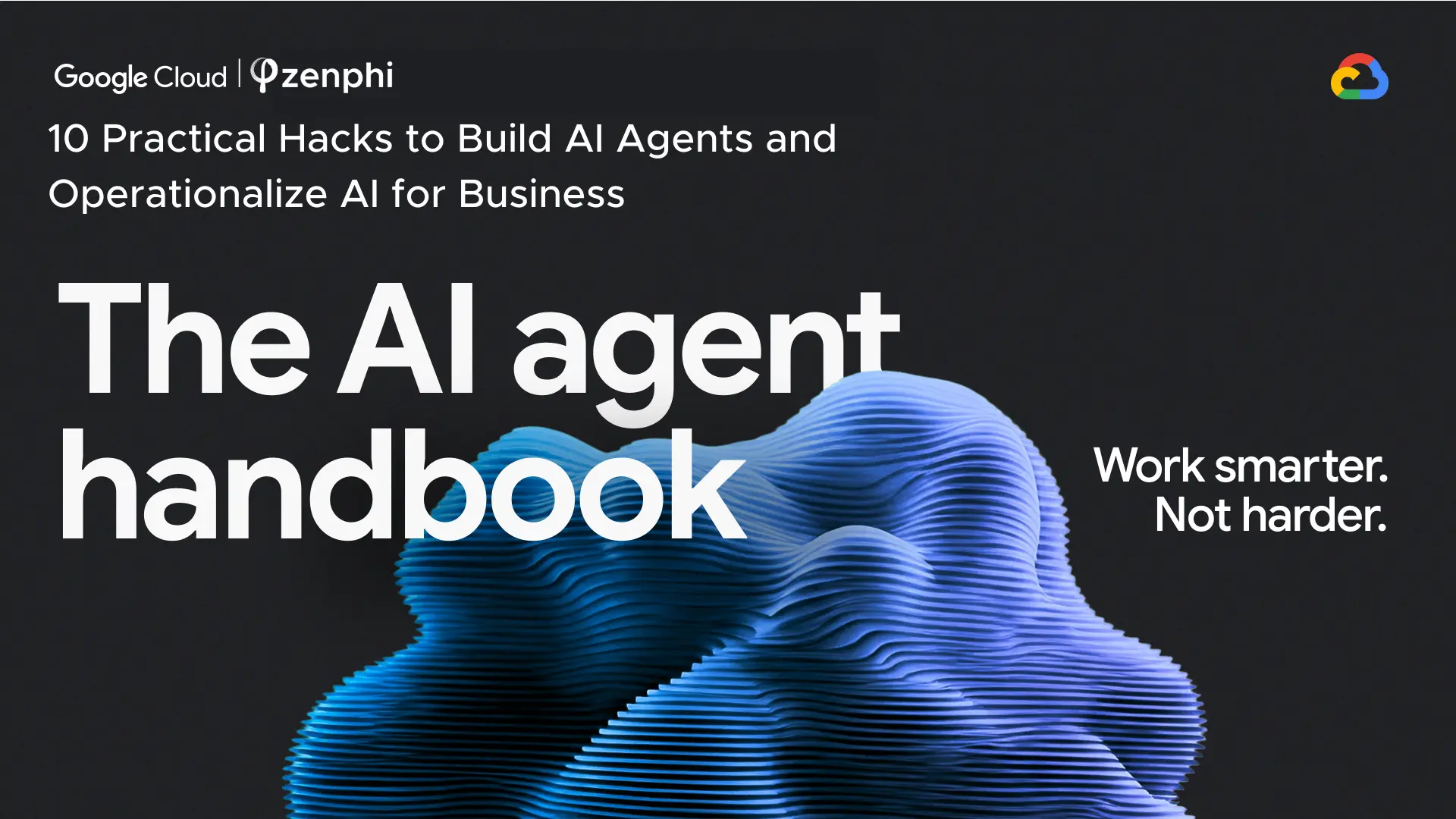In today’s ever-changing business landscape, organizations are continually seeking out innovative ways to make their operations more efficient and to maximize their productivity.
One way to achieve this is through enterprise workflow automation. By automating repetitive, time-consuming, and error-prone tasks, businesses can increase efficiency, reduce costs, and improve the overall quality of their work.
Enterprise workflow automation utilizes technology to automate diverse business processes, from invoicing to human resources. With the emergence of no-code platforms, businesses can create custom workflows without requiring complex programming skills – simpler than ever before.
In this article, we will explore the benefits of no-code workflow automation, and provide a comprehensive guide on how organizations can implement it in their operations.

No-code enterprise workflow automation explained
Enterprise no-code workflow automation is an innovative technology that allows businesses to streamline their most complex processes and operations with ease. By utilizing a drag-and-drop interface, teams and departments throughout the entire company are able to quickly create custom workflows and optimize their own processes without any coding skills or help from the IT teams.
This technology can help to significantly reduce the amount of manual labor associated with the day-to-day running of the company, allowing employees to focus on more strategic tasks while still ensuring that business processes are running smoothly and efficiently
Benefits of no-code workflow automation
Here are some of the key benefits of no-code enterprise workflow automation:
Increased Productivity
Automating workflows reduces the time and effort required to perform repetitive tasks, increasing productivity and allowing employees to focus on more strategic and creative tasks that add value to the business.
Cost-Effective
Building custom automation solutions can be costly, especially when hiring IT experts. No-code workflow automation eliminates the need for these expenses, making it the most affordable solution.
Improved Quality and Accuracy
Automating workflows reduces the risk of human error, which can be costly and time-consuming to rectify. No-code workflow automation ensures that workflows are consistent, repeatable, and error-free, resulting in improved quality and accuracy of work.
Better Collaboration and Communication
No-code workflow automation promotes better communication and collaboration within the organization. With shared visibility and transparency of workflows and processes, teams can work together more efficiently, resulting in better outcomes.
Moreover, no-code workflow automation provides:
– ease of use, allowing users to create powerful workflows with minimal technical knowledge;
– the ability to quickly and easily adapt to changing business needs;
– the scalability, allowing businesses to quickly deploy workflows to an entire organization;
– the flexibility, allowing workflows to be customized and tailored to specific organizational needs.
Examples of workflow automation
Accounts Payable
Accounts payable is a common business process that can benefit from automation. Automating the accounts payable process can help streamline invoice processing, reduce errors, and eliminate the need for manual data entry.
Human Resources
Human Resources is a department that can hugely profit from implementing workflow automation. From employee onboarding & offboarding to performance reviews and leave requests management, HR processes are critical for the overall employee experience and team collaboration. Automating these processes can help free up time for HR staff to focus on more strategic initiatives, while also guaranteeing employee satisfaction remains high.
Moreover, compliance with federal, state, and local regulations can be a complex and time-consuming process for HR departments. Automating HR processes can help ensure compliance with regulations and reduce the risk of penalties and fines.
IT Service Management
IT service management is another area that can take advantage of workflow automation. Automating IT service processes can help streamline routine tasks such as handling service requests, tracking incidents and problems, and managing assets. This can free up IT professionals to focus on more complex and strategic tasks that require human expertise.
Sales and Marketing
Sales and Marketing workflows can be greatly enhanced with automation. By leveraging no-code enterprise workflow automation, Marketing, and Sales teams can take advantage of automated processes to streamline lead generation, customer onboarding, customer retention, and more. This can help increase efficiency, reduce costs, and help teams focus on more effective strategies. Automation can also allow teams to access and analyze data quickly, enabling them to make informed decisions.
Document Management
Document management is a critical function that involves creating, storing, retrieving, and managing large volumes of documents. It can be a time-consuming and error-prone process, especially if it is done manually. With powerful IDP technologies and no-code workflow automation, you can take your document processing to the next level, ensuring that all documents are accurately processed in a timely manner.
Implementing no-code automation in your business
To successfully start with no-code workflow automation, we recommend following these basic steps:
Identify areas for automation
The first step towards the implementation of workflow automation is to accurately assess and identify the areas that could benefit most from it. Here are a few strategies to consider:
- Analyze existing processes: Start by analyzing existing business processes to identify areas that are repetitive, time-consuming, or prone to errors. Look for bottlenecks, manual data entry, and other areas that could be automated to improve efficiency.
- Consult with employees: Talk to employees who are involved in the business processes to understand pain points and inefficiencies. They may have valuable insights into areas that could be improved with automation.
- Look for the low-hanging fruit: Identify processes that are simple, repetitive, and don’t require a lot of decision-making. These processes are often good candidates for automation.
- Prioritize based on impact: Finally, prioritize areas for automation based on the potential impact on the business. Look for areas that could have the greatest impact on efficiency, cost savings, or customer satisfaction.
Choose the right tool
Choosing the right no-code automation tool for an enterprise can be a critical decision. Here are some strategies to help identify the best tool for your needs:
- Identify your requirements: Start by identifying your requirements for the tool. Consider factors such as ease of use, security, integrations, scalability, and pricing.
- Read reviews and ratings: Look for online reviews and ratings of no-code automation tools to get an idea of how they perform in real-world scenarios. Pay attention to reviews from users in your industry or with similar needs.
- Evaluate the user interface: No-code automation tools are usually easy to use, but some may be more intuitive than others. Try out different tools to evaluate their user interface and make sure they are easy to use and navigate.
- Test integrations: No-code automation tools often integrate with other software and tools that your enterprise uses. Make sure to test these integrations to ensure they work seamlessly and are easy to set up.
- Look for support and training: No-code automation tools often have a learning curve, so look for tools that offer adequate support and training. This can include online tutorials, user guides, and customer support.
- Consider scalability: As your business grows, your automation needs may change. Look for tools that can scale with your business and accommodate your evolving needs.
Design workflows
Once you have chosen the right tool, the next step is to design the workflows. Firstly, we recommend mapping out the workflow by creating a visual representation of the process. Remember to keep it simple and avoid adding unnecessary steps that can slow down the workflow. However, it may be helpful using conditional logic to create more complex workflows that can handle different scenarios and exceptions. It’s important to ensure that the workflow is flexible and adaptable to different situations.
Test and refine
Test the workflow and refine it as needed to ensure it is working as expected. It may take multiple attempts to perfect the process, so don’t worry. Additionally, it’s beneficial to get feedback from those involved in the process.
Launch and monitor
After testing, refining and double-checking the workflows, it’s finally time to launch them into production. Once they are live, it’s important to keep a watchful eye on the performance of the workflows, and any issues that may arise should be addressed as soon as possible. Regular monitoring is essential for ensuring that the workflows are running smoothly and efficiently, and any problems can be identified and resolved quickly.
It is essential to not only keep track of issues, but also to continually improve and optimize workflows. This can be accomplished by monitoring performance, gathering feedback from users, and making any necessary adjustments to workflows.
Train employees
It’s great if the platform you’ve chosen takes care of the employee training, but if that is not the case, here are a few tips:
- Start with the basics: Begin by teaching employees the basics of the no-code automation platform, including how to navigate the user interface, create workflows, and execute tasks. This can help build a foundation for more advanced usage.
- Provide hands-on training: Provide hands-on training by allowing employees to use the no-code automation platform in a sandbox environment. This can help them understand how the tool works in practice and build confidence in their abilities.
- Offer resources: Provide online resources, such as tutorials and user guides, that employees can access on-demand. This can help them refresh their knowledge and troubleshoot issues as they arise.
- Encourage feedback: Encourage employees to provide feedback about their experiences using the no-code automation platform. This can help identify areas for improvement and ensure that the tool is meeting their needs.
The best no-code enterprise workflow automation platforms
Microsoft Power Automate
Microsoft Power Automate is a cloud-based tool for automating workflows. It enables users to create tailored workflows with a multitude of apps and services, and provides strong integration with Microsoft Office 365 and other Microsoft products, making it a perfect solution for businesses that already use Microsoft software.
zenphi
Zenphi is the only no-code process automation platform designed specifically for Google Workspace users. It integrates seamlessly with all Google applications (Gmail, Docs, Forms, Drive, Slides, etc.) and popular business tools like Slack, Jira, Trello, Hubspot, monday.com, and more.
Moreover, zenphi’s powerful enterprise features like company-wide multi-workspace management, unlimited workflow designers and guests, and premium customer support make it a game-changer in the way businesses manage their operations.
Conclusion
No-code workflow automation is a powerful technology that can help enterprises increase productivity, reduce costs, and stay competitive in today’s fast-paced business environment. By eliminating the need for traditional software development and IT support, no-code workflow automation empowers non-technical users to create and modify workflows quickly and easily.


